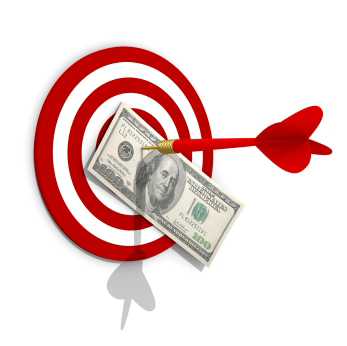Big Data and AI
“Companies looking to be relevant between now and 2025 will need to understand the role data plays in their organization…they will need to embrace their role as data guardians, leverage the cloud, and take a global approach to their data…” IDC study

Leveraging Big Data and AI
Target Rich Solutions uses Big Data and AI analytics to uncover hidden patterns, unknown correlations, market trends, customer hehavior, and other useful business information.
Better Decisions: with Big Data and AI, we help businesses make better decisions. Better decisions lead to:
- Greater operational efficiency
- Cost reduction
- Reduced risk
- Increased revenue
Predictive Analytics: with analytics mined from data, marketing strategy is now targeted by developing:
- Relevant consumer insights
- Ability to predict consumer behavior
- Leads development
- Detailed personas
- Precise product development/offering
- Customized messaging and benefits
- Strengthened competitive advantage

What is Big Data?
Big Data, is by definition: an accumulation of data that is too large and complex for processing by traditional database management tools.
Big Data is identified by having the three V’s: greater variety, increasing volumes, and more velocity.
What is AI?
A dramatic increase in data and our ability to store and analyze it has created a new science referred to as Artificial Intelligence (AI) that empowers medicine, industry and even marketing.
Artificial Intelligence relies on the intelligence of machines and software instead of human intelligence, and replaces tasks previously performed by humans with computer-generated solutions such as making decisions, speech recognition, and pattern identification.
Captured Data
The significant rise in data that is created, captured, or replicated is documented in the study by IDC. The size of the Global Datasphere in 2018 reached 33 ZB (zettabytes), and is projected to reach 175 ZB by 2025.